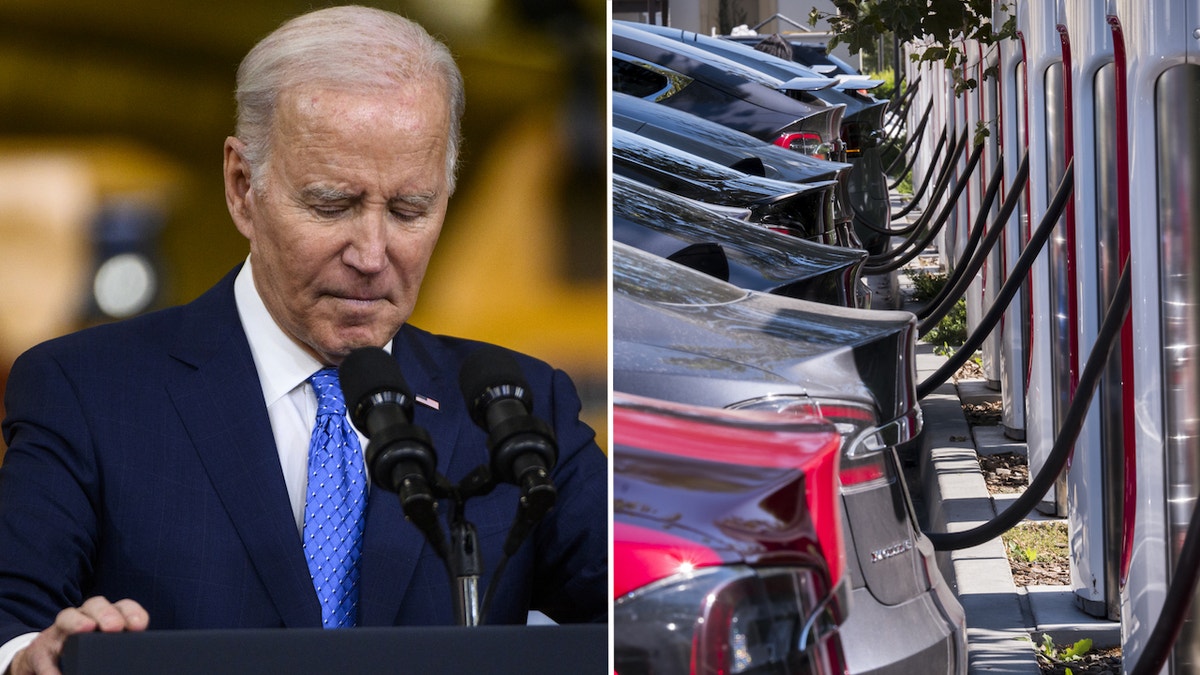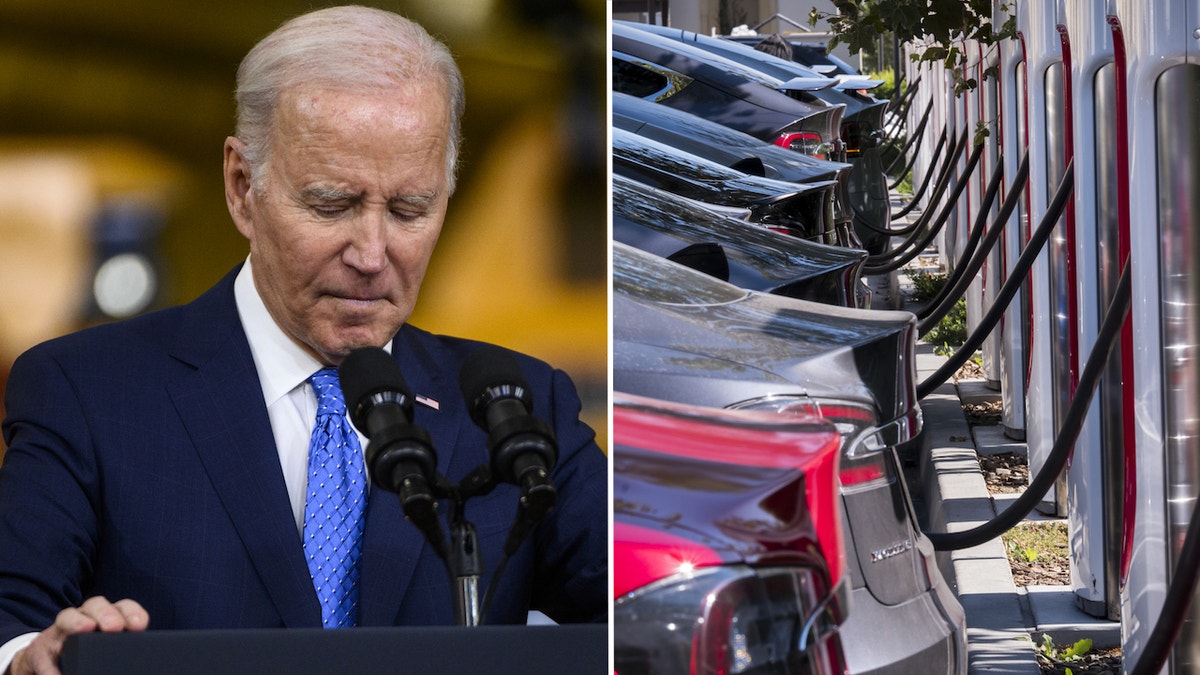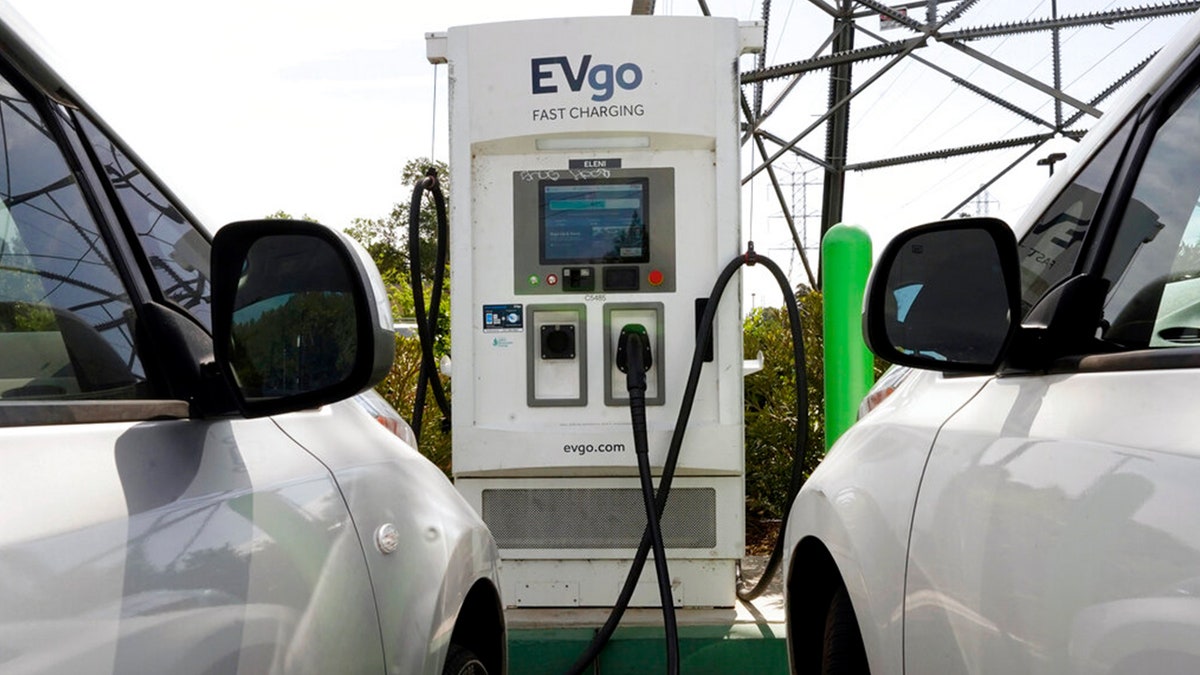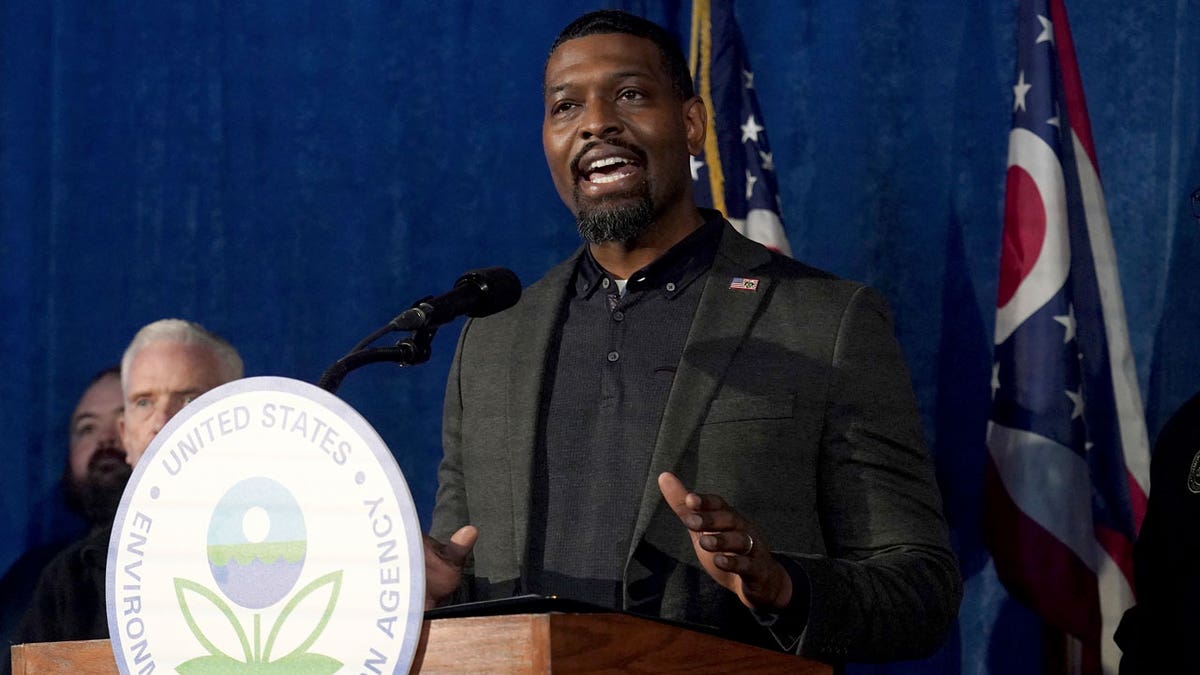
The Biden administration is poised to soon finalize gas-powered car tailpipe emissions standards that consumer advocates and energy industry groups have dubbed a “de facto electric vehicle mandate.”
The Environmental Protection Agency’s (EPA) proposed tailpipe emissions – which were in recent weeks submitted to the White House Office of Management and Budget for final review – are designed to ensure a staggering 67% of new car sales are electric by 2032. Over the weekend, the New York Times and Washington Post reported the White House is set to double down on that lofty goal while loosening earlier targets.
“The President has been clear since 2020 that he intends to use his agencies to eliminate sales of new gas cars,” the American Fuel & Petrochemical Manufacturers said in a statement following the media reports. “Tinkering with the near-term speed of implementation doesn’t change the end game, which is banning new gas-powered cars.”
“Consumers would still end up in the same place, with vastly restricted access – and in some cases no access if California’s ban receives EPA approval – to the range of new vehicle options they enjoy today that fit their needs and budgets,” the group, which has lobbied against the EPA’s proposal, added. “Lowering the pace of the forced transition would not help consumers or protect our country’s energy security.”
VIRGINIA DEMOCRATS UPHOLD STATE’S EV MANDATE DESPITE GROWING OPPOSITION: ‘DEFY COMMON SENSE’

President Biden previously set a goal of ensuring 50% of car purchases are electric by 2030. The White House said the EPA’s tailpipe rules would provide a “clear pathway for a continued rise in EV sales.” (Stephen Maturen/Getty Images | David Paul Morris/Bloomberg via Getty Images)
In a statement to Fox News Digital, EPA spokesperson Timothy Carroll declined to comment on the reports but said the agency was committed to finalizing a tailpipe standard that is “readily achievable, secures reductions in dangerous air and climate pollution and ensures economic benefits for families.”
HOUSE JOINS SENATE, STRIKES DOWN BIDEN EV CHARGER RULE PROTECTING CHINESE COMPANIES
Citing officials familiar with the administration’s plans, the New York Times first reported, and the Washington Post later confirmed, that the more aggressive federal tailpipe regulations and targets for EV sales would be delayed until 2030 under the plan EPA is preparing to finalize soon. Automakers would then be forced to rapidly ramp up compliance with the standards in just a couple of years.
The reported slight delay on the initial implementation of the hefty standards for new vehicles is being considered as a result of concerns auto union leaders expressed to White House officials. Over the last year, the broader push for mass EV proliferation has hit several roadblocks as sales have declined and prices have ticked up.

Electric cars at a charging station in Sacramento, California. Even factoring in generous federal and state subsidies, the average cost of an EV is about $52,500, according to the Alliance for Automotive Innovation, while the average gas subcompact car costs $24,000. (AP Photo/Rich Pedroncelli, File)
“When it’s all said and done, the outcome is the same,” Tom Pyle, the president of the Institute for Energy Research, told Fox News Digital in an interview. “The Biden administration is attempting to force automakers to produce only electric vehicles and the market is clearly not interested in that. They can try to soft-pedal all they want, but the fact is it’s still a ban on conventional cars.”
“The last year has shown that EVs are not ready for prime time,” Pyle continued. “They may be a vehicle of choice for some people, but the vast majority of car buyers want an affordable and reliable vehicle. EVs aren’t that.”
MAINE FORCED TO DELAY VOTE ON EV MANDATE AMID WIDESPREAD POWER OUTAGES
Overall, under the proposal, which EPA unveiled in April 2023, the White House projected that 67% of new sedan, crossover, SUV and light truck purchases would be electric by 2032. In addition, up to 50% of bus and garbage truck, 35% of short-haul freight tractor and 25% of long-haul freight tractor purchases could be electric by then.

Environmental Protection Agency Administrator Michael Regan said the proposed tailpipe standards are “readily achievable thanks to President Biden’s Investing in America agenda.” (AP Photo/Matt Freed)
But, in the months since it was first released, EPA has faced considerable pressure from industry and Republican lawmakers to reverse the proposal. They have argued the market isn’t ready for such a massive increase in EV purchases, while the proposed standards would benefit China and lead to higher prices for Americans.
“The proposals are the latest effort by the Biden administration to commandeer America’s transportation sector and force its complete vehicle electrification under the guise of mitigating climate change,” a group of more than 150 House Republicans wrote to EPA Administrator Michael Regan in May.
CLICK HERE TO GET THE FOX NEWS APP
According to the Alliance for Automotive Innovation, an industry group that represents several major automakers, 9.3% of total car purchases in the U.S. last year were electric or plug-in hybrid, up from 7% in 2022. That uptick was driven largely by purchases in California and urban areas where the majority of EV purchases are made.
At the same time, EVs remain far more expensive than traditional gas-powered cars. Even factoring in generous federal and state subsidies, the average cost of an EV is about $52,500, according to the Alliance for Automotive Innovation, while the average subcompact car costs $24,000.









